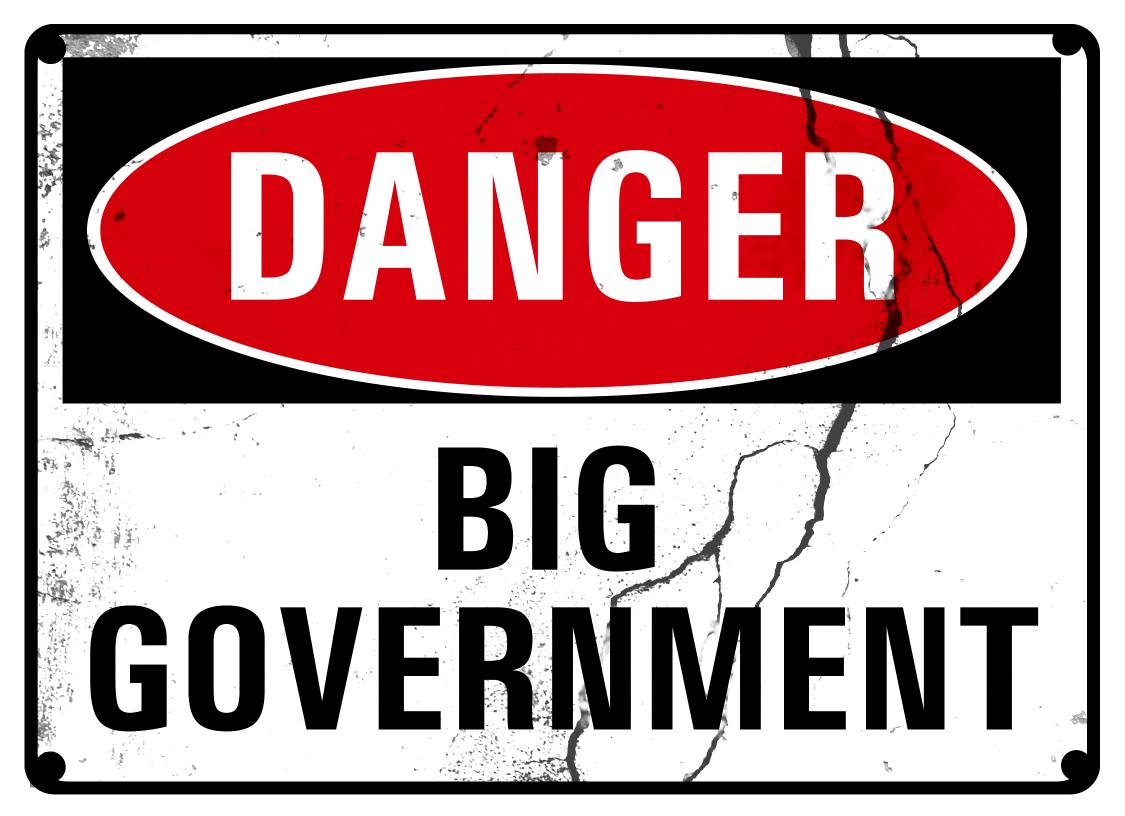President Hassan Rouhani’s government has averted crisis, as the Iranian economy is going though its worst spell in contemporary history.
The economy grew 3% in 2014 after shrinking through 2012 and 2013 by 6.6% and 1.9%, respectively. Though a decade of waste and poor management has left Iran with much pain and the global economy is in slowdown, gross domestic product is showing signs of continued growth.
“The current government, despite facing multiple decision-making cores and other obstacles in execution and planning, has been one of the most successful governments in running the economy, since the 1979 Islamic Revolution,” said Saeed Laylaz, a university professor and former presidential advisor, told the Persian weekly magazine Tejarat-e Farda.
While resuscitating the economy, it has also managed to cut inflation, which declined from a year-on-year peak of 45.1% in 2012 to below 15% in line with the lifting of sanctions and the tightening of monetary policy by the Central Bank of Iran.
All of this was done while oil revenues fell to a sixth of what they were in 2011, in 2015, courtesy of a supply glut brought about by competition between Saudi Arabia and US shale producers, and weakening demand from China and EU from slow growth.
But through all this, progress on many issues has been minimal. Iran’s business regulations remain constrictive and competition in business has stifled, while wages and incomes stayed suppressed. Many believe that the depth of the crisis in banking and industries has lingered due to sanctions and mostly due to gaps between policymakers and executers.
Laylaz, however, says the root of the government’s lackluster performance is structural.
“The parliament has an entirely different view on economic and social issues,” he said.
But government mismanagement is not the issue of the current government, but one for Iran’s government in the past century.
“Due to the gargantuan role of the government in the Iranian economy, it is not possible for the government to properly carry out all its plans,” he said.
As governments grow, inefficiencies in them mushroom, just as the more a government takes an active role in the economy, the more damage it does to it. The Iranian government has taken a patriarchic role and grown on the back of petroleum sales since 1930s. Now it makes plans for over 60% of the economy.
The sheer size of Iran’s economy and its diversified sectors, along with a lack of proper data, makes planning even more impossible.
No institution or organization in Iran can claim to be aware of all economic issues, Laylaz notes, “not even the Management and Planning Organization” which draws up the government’s strategies.
“Yet we see the government try to forecast, analyze, set demands, estimate possibility and solve all the countries malignancies, without success.”
With over four million employees, the government is using most of its 500 trillion rials ($13.6 billion at market exchange rate for the dollar) budget increase for the next fiscal year, from 2.5 quadrillion rials ($68.3 billion) to three quadrillion rials ($81.6 billion), to “fund the existence of its large body”.
Bear in mind that its reach is far more than these figures suggest, as it controls large swaths of industry by controlling stakes and tight regulations.
“A downsized government can get better staff and work faster to guide the economy according to its plans,” says Laylaz.
“If the government is shrunk by one-fifth, government wages could be raised fivefold.”
This would allow the state to attract the top workers to its ranks, raising its efficiency. To have a vibrant economy, intervention must be banned and the economy should be really privatized, while maintaining oversight.


